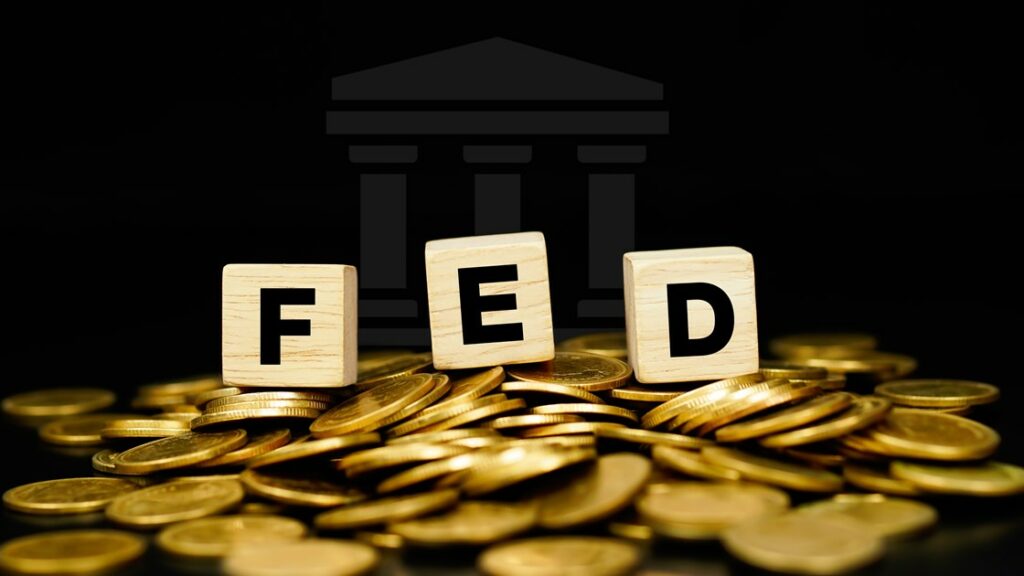The U.S. Federal Open Market Committee (FOMC) raised its key policy rate by three-quarters of a percentage on July 27th to battle higher inflation. In its fourth interest rate hike since the start of the COVID pandemic, the Federal Reserve (the Fed) increased the Federal Funds Target rate to an upper bound of 2.5%. Bond yields dropped on the news, with the key 2-year Treasury yield dropping by 8 basis points to under 3%. The 10-year yield dropped by 2.4 basis points to 2.78%.
In a sign of how quickly the inflation picture has shifted in the U.S., the current yearend target of 3.4% is up almost 2% from the 1.9% projection from the central bank in March. Furthermore, the FOMC also amended its statement from its June meeting by adding a line saying its “recent indicators of spending and productions have softened.” While the commentary and rate hike were largely in line with what market participants expected, there was a slight change of tone in the press conference following the release of the FOMC communication.
First, Chair Jerome Powell said that while he believes another large rate hike in the FOMC’s next meeting in September may be appropriate, the FOMC’s ultimate course of action would be data deterministic. That language is a slight change from the June meeting when the Chair broadcasted that there would be a large hike in July regardless of the incoming data. In the past few months, as inflation has heated up, explicit guidance on the size of the next move has become more common.
Secondly, Powell also said that the pace at which the Fed would increase rates would slow at some point and that the FOMC was “getting closer to where we need to be” after front-loading hikes. Third, and probably most importantly from a market perspective, when asked if market expectations for rate cuts in 2023 were realistic, the Chairman only said that it was too early to look so far ahead. Investors, who have come to expect sharply hawkish commentary from the Chairman lately, may have been surprised by the openness to the idea that a slowdown induced by rate hikes in 2022, may necessitate rate cuts as early as 2023.
The Fed also does not believe that the U.S. economy is currently in a recession but did point out that the path towards avoiding a recession while simultaneously tackling inflation was becoming narrower. Monetary policy is anchored in the theory that early increases in interest rates are critical to controlling inflation and inflation expectations, and delaying hikes make it harder to deal with the problem. The Chairman also noted that the Fed is keen to see the economy grow slower than it would otherwise to give supply chains time to recover.
In addition to raising rates, the FOMC maintained its guidance that the reference interest rate could end the year at 3.4% in its “dot plot” projections. Given the current 2.5% reference rate, the existing guidance would imply roughly 175 basis points in further tightening. It could increase rates by a further 50 basis points in its next meeting in September and end the year with 25 basis points increases in November and December. Given the lack of additional hawkishness in the FOMC communique and the Chair, markets rallied, with the S&P 500 up close to 3% and the Nasdaq surging by 4.3%.
This content is provided for general information purposes only and is not to be taken as investment advice nor as a recommendation for any security, investment strategy or investment account.






